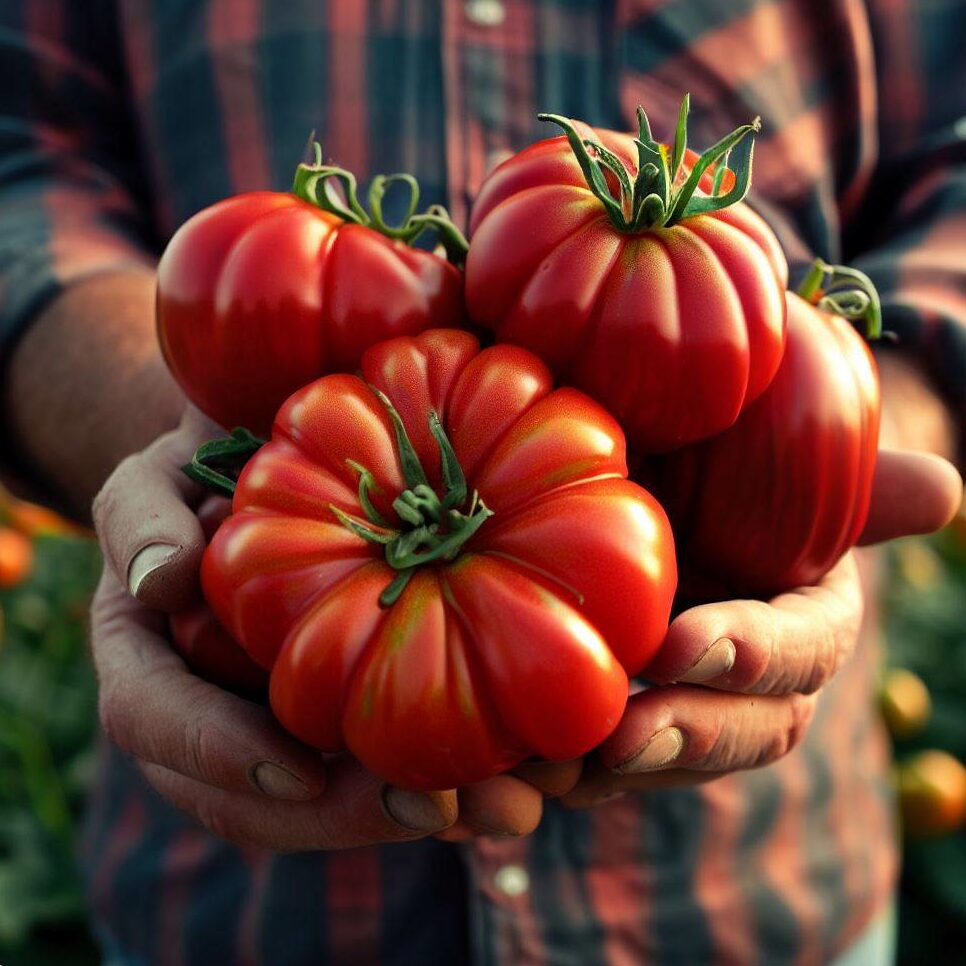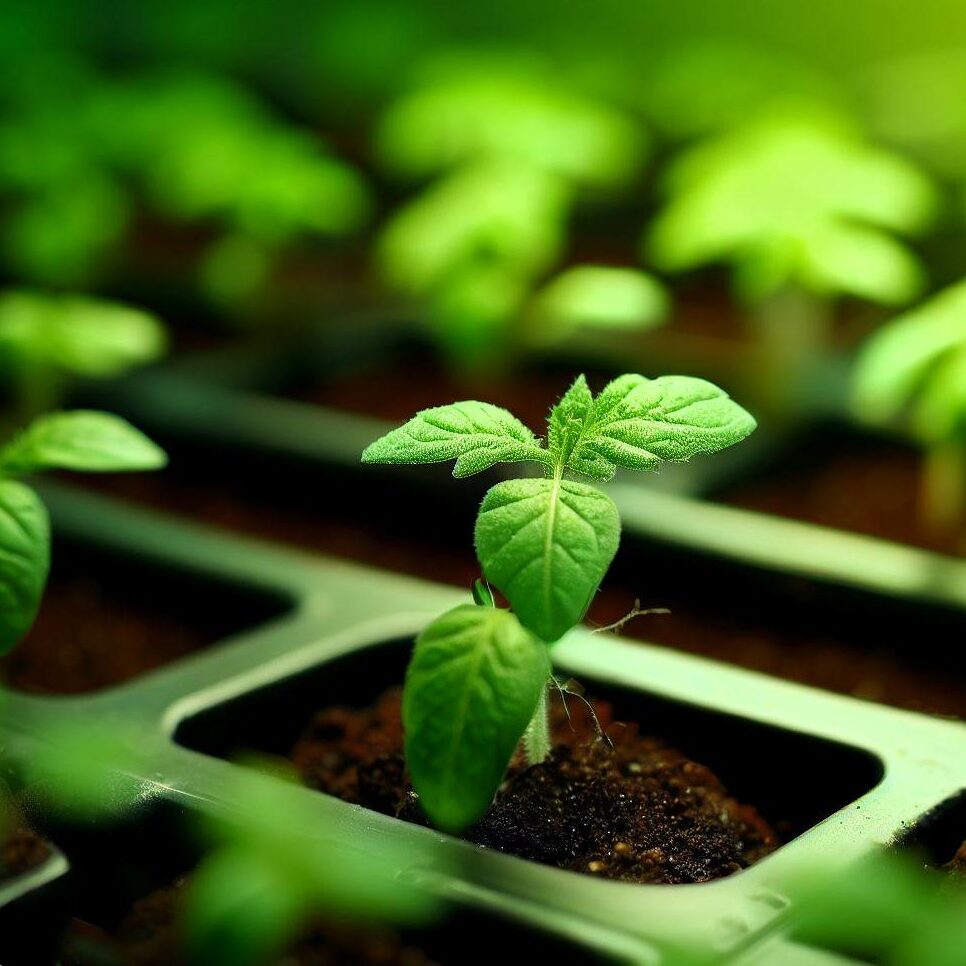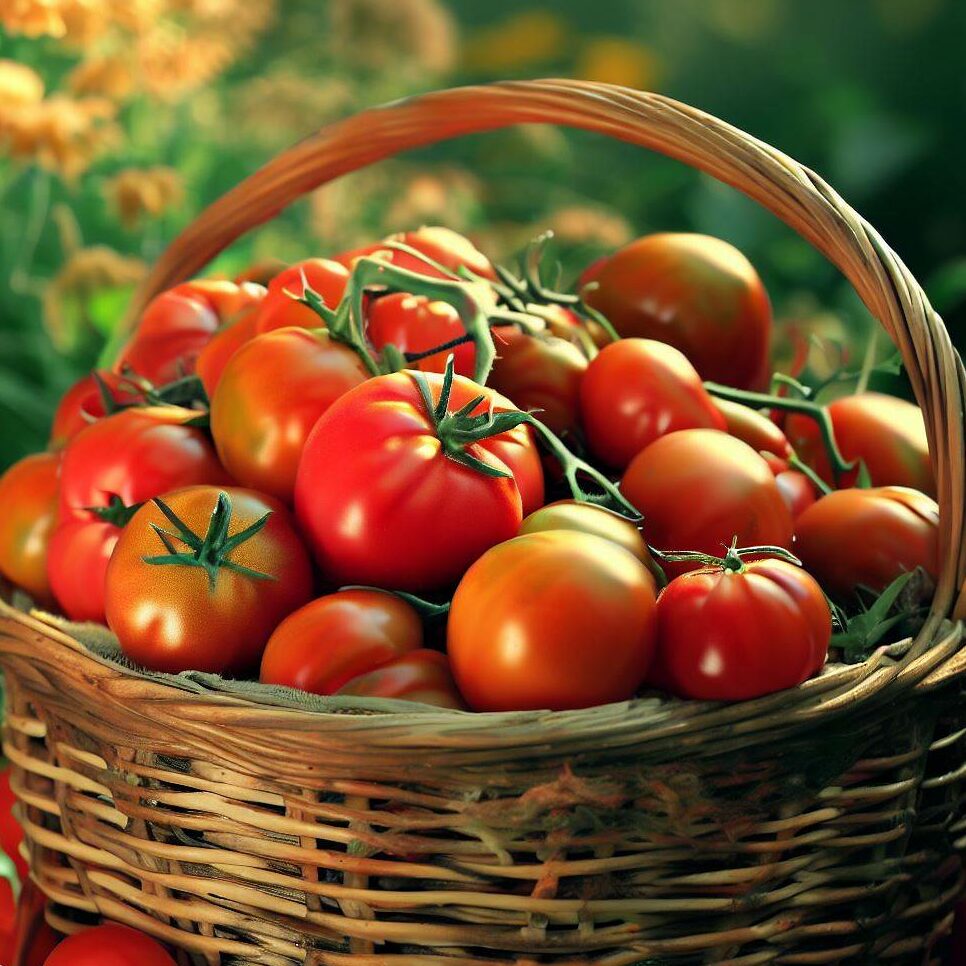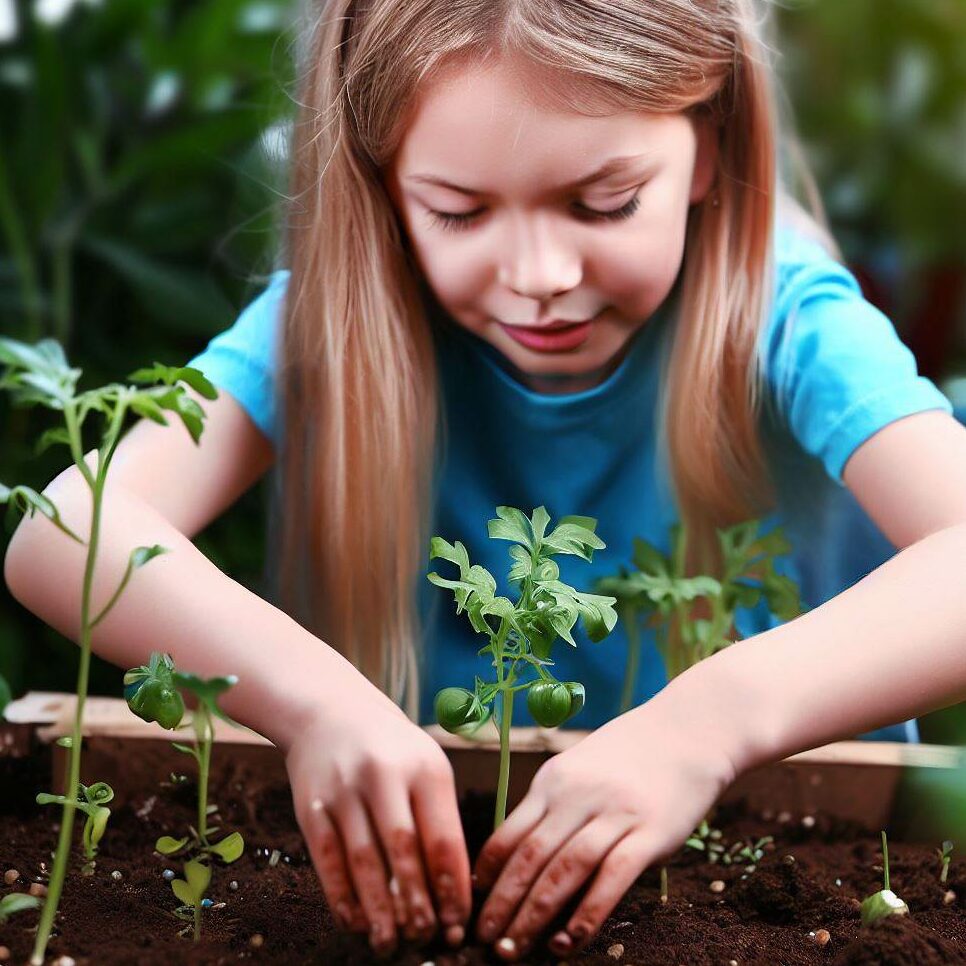Introduction
Hybrid tomato seeds are a fascinating subject in the world of gardening. These seeds are created by crossing two different varieties of tomato plants to combine the best traits of both parents. The result is a tomato plant with enhanced characteristics such as better flavor, production, or disease resistance.
Hybrid tomato seeds can be saved, but they won’t produce true types. They are created by crossing two different varieties, inheriting traits from both parents. Saving seeds from hybrid plants leads to progeny that revert to the parent genetics, resulting in unexpected characteristics. While it’s possible to save and even create new varieties from hybrid seeds, they often don’t retain the desired traits of the original hybrid plant.

Can You Save Seeds from Hybrid Tomato?
This common question often arises among gardeners and hobbyists. While it is possible to save seeds from a hybrid tomato plant, the resulting plants may not be true to their type. The genetics from both parent plants may lead to unexpected characteristics in the next generation.
🍅 Heirloom Hint: If you’re planning to save seeds from your tomato plants, consider using open-pollinated or heirloom varieties. These seeds will produce plants that are true to their type, unlike hybrid seeds. 🍅
Understanding Hybrid Seeds
Creating Hybrid Seeds
Hybrid seeds are created through a meticulous process of cross-pollination between two different but related plants. This process involves the following steps:
- Selecting two parent plants with desirable traits.
- Manually pollinating the flowers of one plant with the pollen of the other.
- Harvesting the seeds from the pollinated plant.
- Repeating the process over several generations to stabilize the traits.
Hybrid Seeds vs Normal Seeds
Hybrid seeds differ significantly from normal or open-pollinated seeds:
- Hybrid Seeds: Created by controlled cross-pollination, often more vigorous and disease-resistant.
- Normal Seeds: Produced by natural pollination, maintaining the same traits over generations.
Disadvantages of Hybrid Seeds
Despite their advantages, hybrid seeds have some drawbacks:
- They can be more expensive to produce.
- Seeds saved from hybrid plants may not be true to type.
- Lack of genetic diversity may lead to vulnerability to diseases.
🍅 Heirloom Hint: If you’re looking to save seeds for future planting, consider using open-pollinated or heirloom varieties. Hybrid seeds may not produce the same quality plants in subsequent generations. 🍅
How Are Hybrid Seeds Produced?
The production of hybrid seeds involves careful selection, controlled pollination, and repeated testing to ensure the desired traits are present. This process is often carried out by professional breeders and requires a deep understanding of plant genetics and breeding techniques.

Saving Hybrid Seeds: Pros and Cons
Why Hybrid Seeds Won’t Produce True Types
Hybrid seeds are created by crossing two different varieties of a plant. While you can save these seeds, they won’t produce plants that are true to their type. Here’s why:
- Genetic Variation: Hybrid seeds carry genetics from both parent plants, leading to unpredictable characteristics in the next generation.
- Reversion to Parent Traits: The plants grown from saved hybrid seeds may revert to one of the parent types, losing the desired hybrid traits.
🍅 Hybrid Hint: If you want to maintain the specific traits of a hybrid plant, it’s best to purchase new hybrid seeds each season. 🍅
Potential for Creating New Varieties
Despite the challenges, saving hybrid seeds can lead to the creation of new varieties. By selecting and saving tomato seeds from the best plants each year, you can develop a unique variety that adapts to your specific growing conditions.
Are Seeds from Hybrid Plants Sterile?
No, seeds from hybrid plants are not sterile. They can germinate and grow, but the resulting plants may not have the desired characteristics of the original hybrid.
Why Do Hybrid Seeds Not Reproduce?
Hybrid seeds can reproduce, but they don’t reproduce true to type. The genetic mixing in hybrid seeds leads to a lack of consistency in the offspring, making it difficult to predict the traits of the new plants.
🍅 Hybrid Hint: Experimenting with hybrid seeds can be a fun and educational gardening project. Just be prepared for unexpected results and consider it a journey of discovery! 🍅
F1 Hybrids and Stabilizing Hybrid Seeds

Understanding F1 Hybrids
F1 hybrids are the first generation of seeds produced by crossing two different but purebred parent plants. These hybrids are known for their uniformity and vigor, but they come with some disadvantages:
- Cost: F1 hybrid seeds are often more expensive than open-pollinated or heirloom seeds.
- Lack of Genetic Diversity: F1 hybrids are genetically identical, which can make them more susceptible to diseases.
- Unpredictable Offspring: If you’re wondering, “can you grow seeds from f1 hybrids?” the answer is yes, but the next generation may not retain the desirable traits of the F1 parent.
🍅 F1 Fact: F1 hybrid seeds are best used for a single growing season. If you want to save seeds, consider using open-pollinated or heirloom varieties. 🍅
How to Stabilize Hybrid Seeds
Stabilizing hybrid seeds is a process of selectively breeding plants over several generations to create a new open-pollinated variety. Here’s a guide on how to stabilize hybrid seeds:
- Select the Best Plants: Choose plants with desirable traits and save seeds from them.
- Grow and Observe: Plant the seeds and observe the plants for several generations, continuing to select the best ones.
- Achieve Stability: After several generations, the plants should begin to show consistent traits, indicating that the seeds have been stabilized.
🍅 Hybrid Hint: Stabilizing hybrid seeds is a long and complex process. It requires patience, observation, and a willingness to experiment. 🍅
In conclusion, while F1 hybrids offer certain advantages, they also come with “f1 hybrid seeds disadvantages” such as cost and unpredictability. Stabilizing hybrid seeds is possible but requires careful selection and breeding over several generations.
Practical Aspects of Saving Hybrid Seeds
Practical Tips on Saving Hybrid Seeds
While saving hybrid seeds can be a complex process, here are some practical tips to help you get started:
- Choose the Right Plants: Select healthy, disease-free plants for seed saving.
- Harvest at the Right Time: Collect seeds when they are fully mature and dry.
- Store Properly: Keep seeds in a cool, dry place (below 50°F or 10°C) to maintain viability.
🍅 Hybrid Hint: Label your saved seeds with the date and variety to keep track of what you have. 🍅
Lifespan of Hybrid Tomato Seeds
Hybrid tomato seeds typically last for about 4 to 6 years if stored properly. Factors such as temperature, humidity, and seed quality can affect their lifespan. So, “How long will hybrid tomato seeds last?” depends on these conditions.

Common Questions About Hybrid Seeds
Can you keep hybrid tomato seeds? Yes, you can keep them, but they may not produce plants with the same characteristics as the parent.
Do hybrid tomatoes come true from seed? No, hybrid tomatoes often revert to the traits of one of the parent varieties and do not come true from seed.
How do you stabilize hybrid seeds? Stabilizing hybrid seeds requires selective breeding over several generations, focusing on desired traits. It’s a long and complex process.
🍅 Hybrid Hint: If you’re interested in creating a new variety, consider working with hybrid seeds. It’s a challenging but rewarding endeavor. 🍅
In conclusion, saving hybrid seeds is possible with careful planning and understanding. While they offer unique opportunities, it’s essential to recognize the complexities involved in working with hybrid seeds.
Conclusion
Hybrid tomato seeds present a fascinating world of opportunities and challenges. From understanding their creation to exploring the possibilities of saving and stabilizing them, we’ve delved into the complexities of working with these unique seeds. While saving hybrid seeds can lead to unexpected results, it also opens the door to creating new varieties.
Remember:
- Hybrid seeds can be saved but won’t produce true types.
- Stabilizing hybrid seeds is a complex but rewarding process.
- Proper storage can extend the lifespan of hybrid tomato seeds.
🍅 Hybrid Hint: Are you ready to embark on the journey of saving hybrid seeds? The path may be filled with surprises, but the rewards can be bountiful. 🍅
Whether you’re a seasoned gardener or just starting, the world of hybrid seeds offers endless opportunities for exploration and innovation. Happy gardening!
